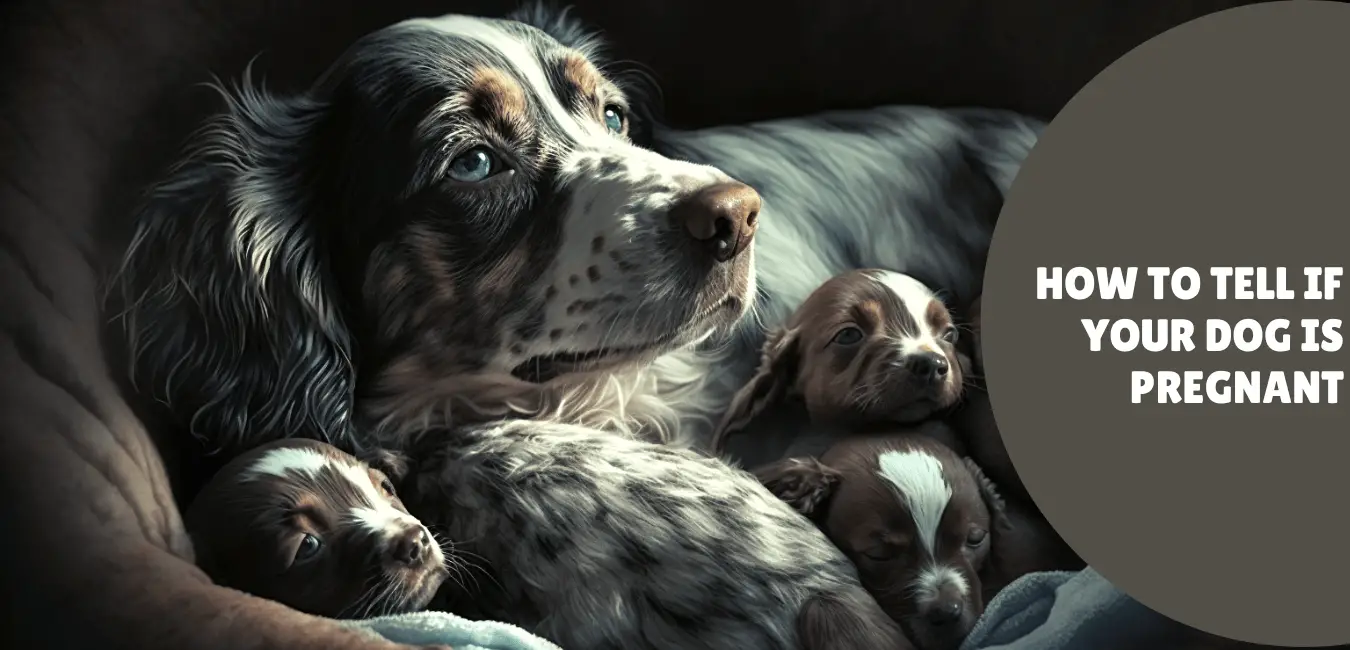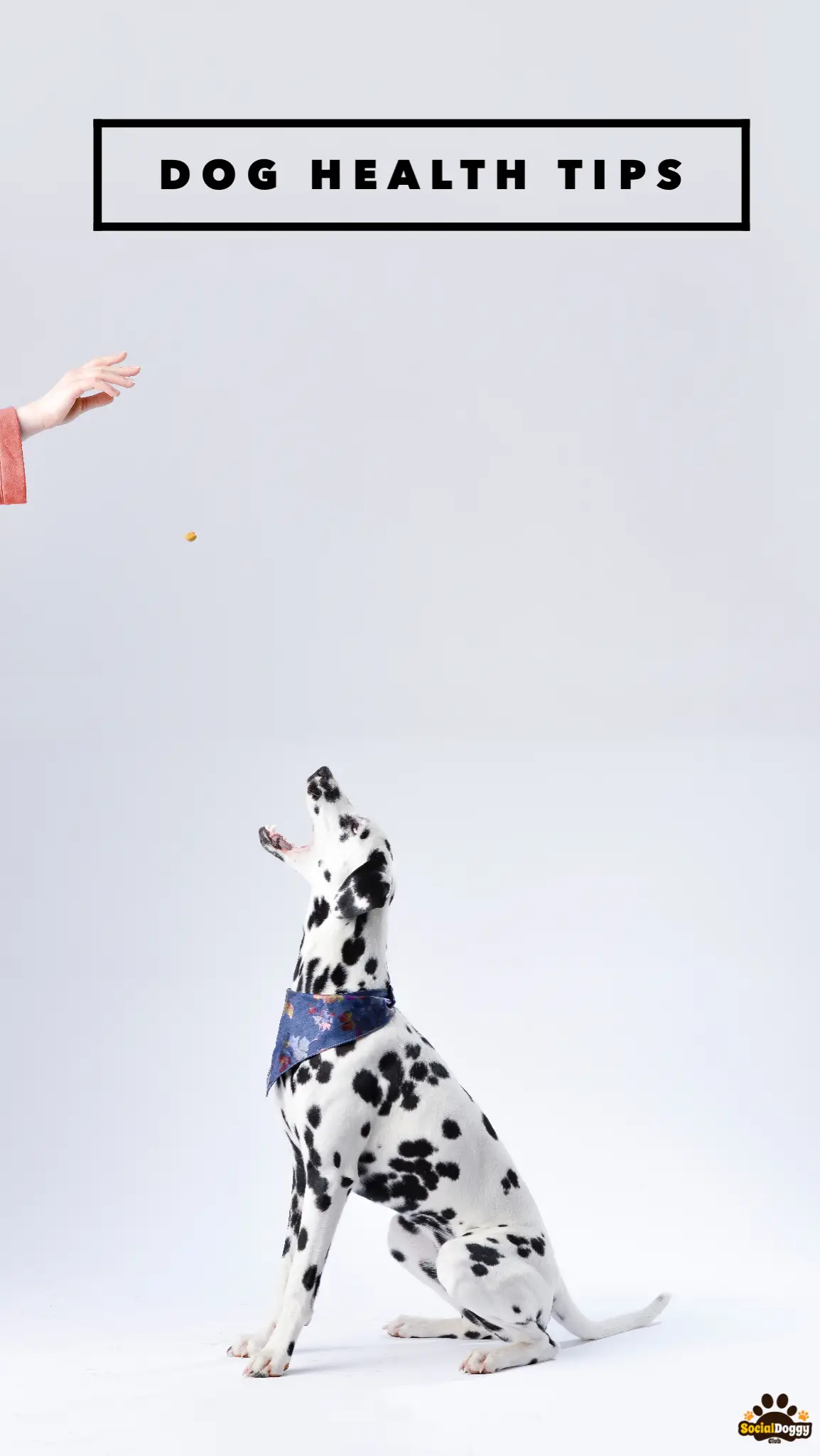If you’re a dog owner, you know how important it is to keep your furry friend healthy and happy. One of the most exciting and nerve-wracking experiences for a female dog owner is when their pet is pregnant. But how do you know for sure if your dog is expecting?
While dogs can’t tell us when they’re pregnant, there are several signs and symptoms that can indicate a pregnancy. It’s important to know these signs so you can provide the best care for your dog during this exciting time.
If you suspect your dog may be pregnant, it’s important to confirm it as early as possible. Knowing if your dog is pregnant can help you prepare for the upcoming litter and ensure that your dog receives the appropriate care. In this article, we will discuss the signs that can indicate a dog’s pregnancy and how to confirm it because even unborn puppies can be a lot of work!
Contents
Symptoms of a Pregnant Dog
When you first suspect that your dog might be pregnant, it can be difficult to tell if the signs you’re seeing are truly signs of pregnancy. While the average dog pregnancy last between 62-64 days, smaller breed dogs can often have a gestation period up to 67 days. One of the earliest and most obvious signs of a potential pregnancy is weight gain. Many owners may also notice their pup’s stomach enlarging in order to make room for her litter as the little puppies grow inside her body. In addition, another sign of an upcoming litter is decreased appetite or even vomiting which are due to the hormonal changes related to pregnancy. This is called morning sickness in a mother dog.
It is important to keep in mind that since each dog and each litter can be different there may not always be some clear cut ‘typical’ signs like weight gain, swollen mammary glands, or an enlarged abdomen present. If you suspect that your dog may be pregnant, the best way to be sure is to contact your vet for advice regarding diagnosis and care throughout your pup’s prenatal journey. Additionally, they can also provide insight on nutrition and tips on how to support both your pup and her expected litter during this time!
How To Proceed If You Think Your Dog Might Be Pregnant
Calling your veterinarian for guidance is the first thing you should do if you think your dog is pregnant. They will most likely do a blood test on your pregnant female dog. Most dogs will give clear signs of being pregnant such as a larger belly and decreased appetite, but it’s still important to get confirmation from your vet. A veterinarian can perform an ultrasound after 4 weeks to definitively tell if a dog is pregnant; in some cases they may decide to have blood tests done at 35 days gestation. Once the pregnancy has been confirmed, it’s important to make sure that you accommodate any changes necessary in order to keep her healthy. This may mean providing specialty food or supplements specifically designed for nursing mothers, providing additional bedding and crates for any puppies she will soon be having and making sure she gets regular exercise during her pregnancy. It’s also a good idea to make sure she has plenty of fresh water available at all times so she stays hydrated. Depending on the breed and size of your dog, the pregnancy period can last anywhere from 48-72 days (or 7 to 12 weeks of pregnancy) so its important that these provisions are made prior to her giving birth. By taking these steps early on you can provide a safe environment that will help make better birthing experience for both mother and puppies alike.
What To Do When Your Dog is Giving Birth
Having a dog give birth is an amazing experience. Before the process starts, it’s important to be aware of some of the signs that indicate your dog is getting ready to give birth. The pre-birth stage begins with mild contractions and can make your dog restless. Provide a whelping box and a quiet area for your dog to birth. You can use a clean towel and lay it out in a warm area where she can maintain her body temperature easily. Pregnant mothers, especially if it’s their first time, can be a little confuse during this time. Your canine might start wandering in and out of their nesting area, panting, digging or even vomiting. During this time, they may need a higher level of attention and care from you or someone who can look after them as they go through the labor pains.
Once the contractions become strong, frequent and more consistent then it’s almost time for the puppies to arrive. Your pup will start straining for about 10-15 minutes before actually delivering any puppies – each one should take 45-60 minutes to come out but sometimes there can be a break for up to 4 hours before their next bundle of joy arrives! Once all of the puppies have been born, it’s important that your pooch receives proper nutrition and plenty of rest so that she can recover from her labor faster and get back to feeling healthy again.
Health Signs to Watch For
After your dog has given birth and used her whelping box, owners should pay close attention to their dog’s health. In the immediate days following the birth, you should be looking out for any unusual signs or behavior in your canine companion and her newborn puppies. The most important health signs to watch for are fever, vaginal discharge, an inability to produce milk, inflamed or infected breast tissue, and lethargy.
If your dog’s temperature is higher than normal this is a major sign of concern and requires immediate medical attention as it could indicate a range of illnesses from canine mastitis to life-threatening systemic infections such as sepsis. Similarly, if your pup is experiencing unusually heavy vaginal discharge that smells bad or contains pus then this could be a sign of infection and requires urgent veterinary care. Additionally, if your pup isn’t producing milk or struggling to nurse her puppies then this can be indicative of insufficient milk production. Finally, keep an eye out for inflamed or infected breast tissue which can also lead to mastitis or other dangerous conditions that require medical attention. Moreover, any sudden bouts of lethargy post-birth can be a sign of an underlying issue and should be checked by a vet as soon as possible.
Taking Care of New Puppies
When it comes to welcoming home a new puppy, one of the most important tasks is taking care of them properly. Immediately after birth, puppies are born with a protective membrane over their body that the mother should remove for them. If for any reason this is not done, then the owner will need to do so by breaking off the sac and wiping away any fluids from the puppies nostrils. Additionally, the puppies head must be facing downwards while doing this. Opened their mouths and stroking their bodies with a towel helps to dislodge remaining fluids as well.
Another task that needs attention right away is dealing with the umbilical cord. This cord should usually be clipped by the mother or come off on its own during birth; however, if this does not occur naturally then it can safely be cut by owners themselves but they must be careful not to yank or pull at it too hard as it can cause injury to the puppy’s organs. After these precautions have been taken, proper nutrition, puppy food, and care followed in order ensure that your puppy stays healthy and grows into a happy adult dog.
Breeding dogs can be a very rewarding experience from your first puppy to the last end of pregnancy. Pet owners really all want the same thing in the end – healthy puppies and a happy expectant mother.








